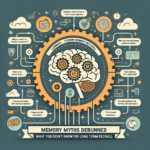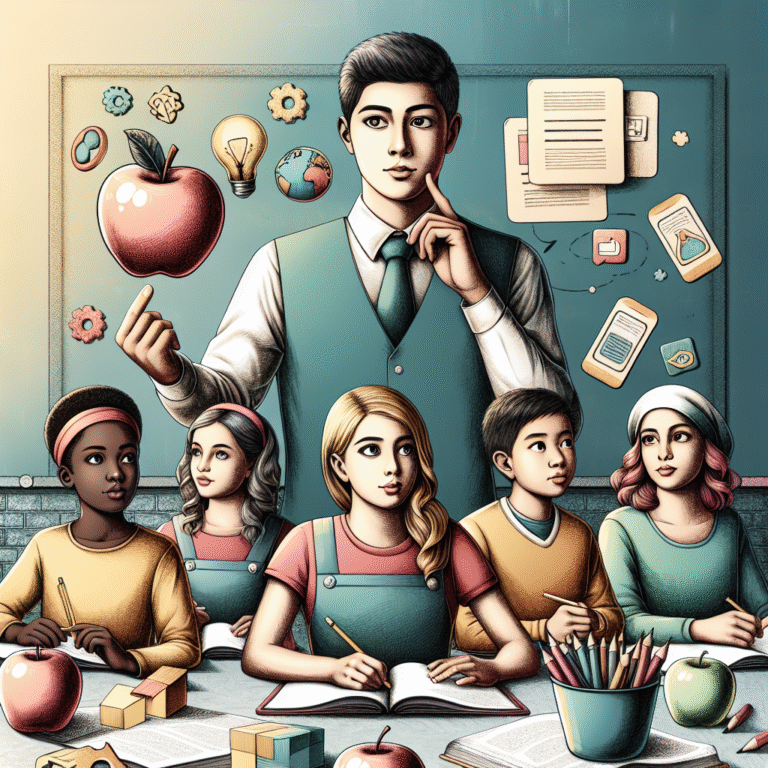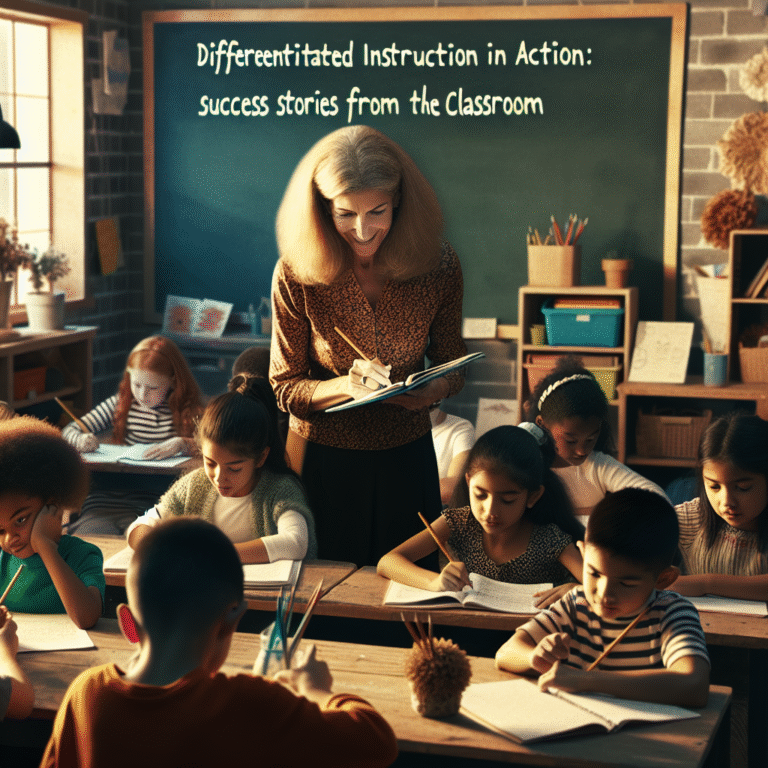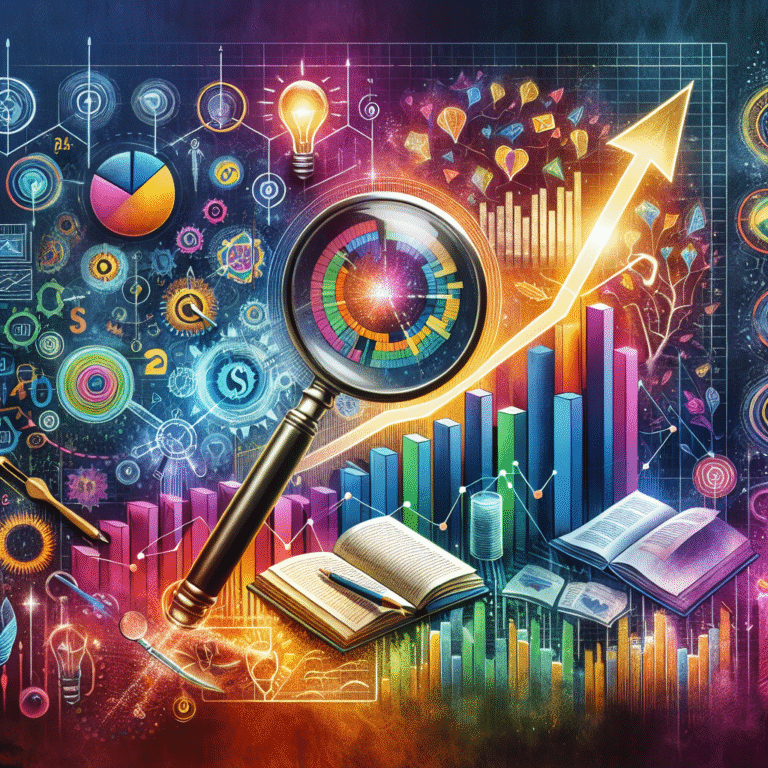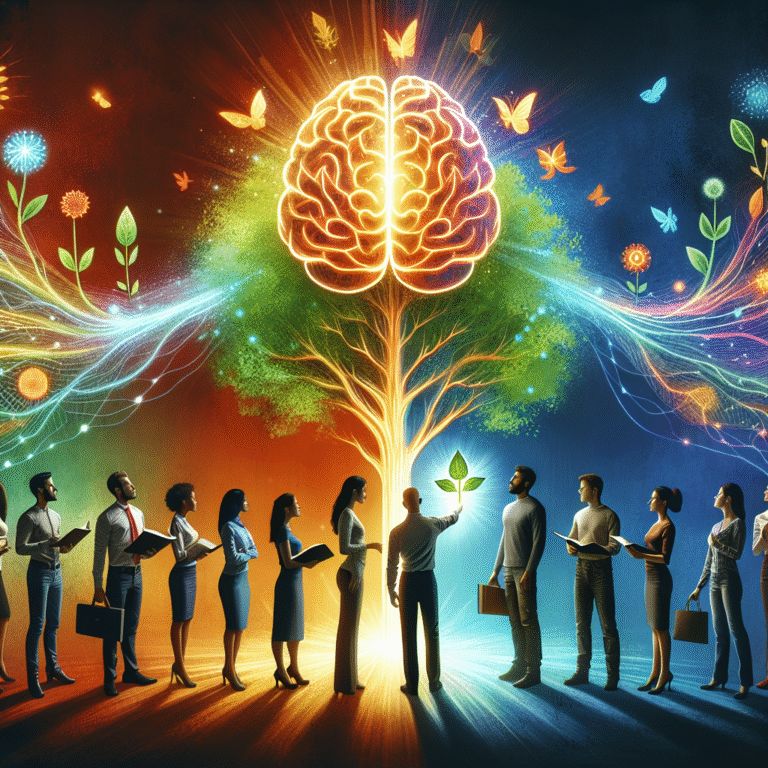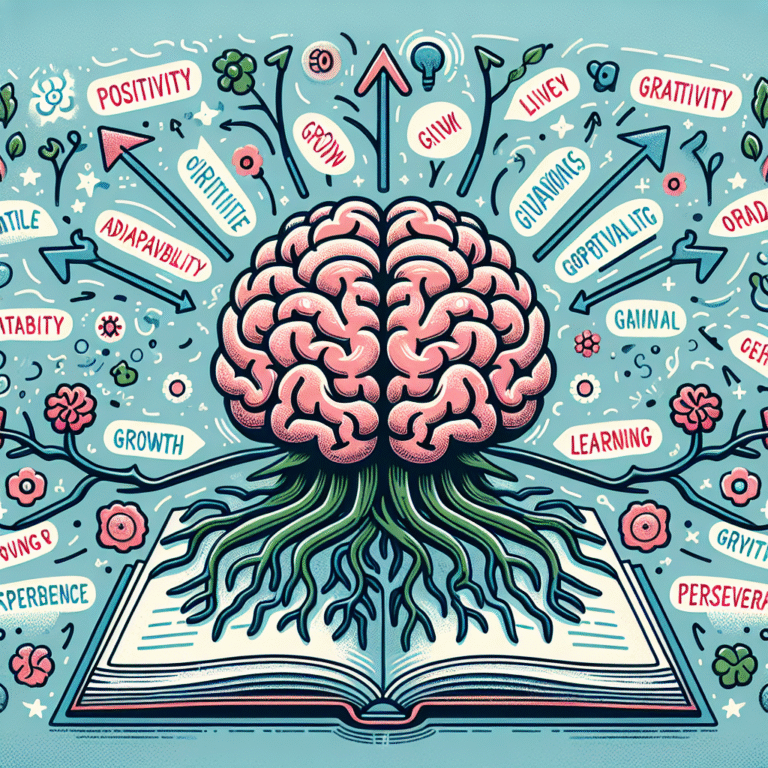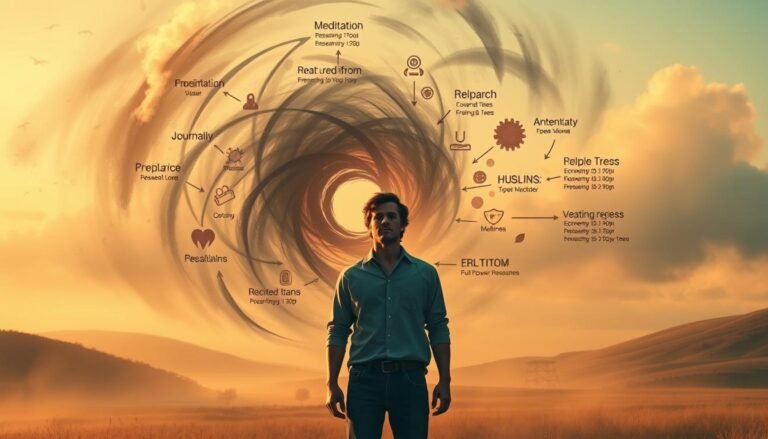
Introduction
In a rapidly changing world, traditional education often feels like a mismatch for the demands of modern life and careers. Students emerge from classrooms with theories but often lack the practical skills necessary to thrive in real-world scenarios. That’s where experiential learning steps in—bridging the gap between academic concepts and real-life applications. When done effectively, experiential learning transforms students into capable, confident individuals ready to tackle challenges head-on. This article explores how to effectively navigate the benefits of experiential learning, providing you with actionable insights, illustrative case studies, and answers to common concerns.
Understanding Experiential Learning
What is Experiential Learning?
Experiential learning is a process through which students learn by doing. It emphasizes hands-on experiences, allowing learners to apply their knowledge in real-world contexts. This method encourages critical thinking, problem-solving, and adaptability—all vital skills in today’s dynamic job market.
Kolb’s Experiential Learning Cycle describes this approach in four stages:
- Concrete Experience: Engaging in an actual experience.
- Reflective Observation: Reflecting on the experience to understand its implications.
- Abstract Conceptualization: Drawing conclusions and developing theories based on reflections.
- Active Experimentation: Applying newfound knowledge in new situations.
The Importance of the Shift
The traditional classroom setting focuses on rote memorization and standardized testing, which often fails to prepare students for real-world challenges. By implementing experiential learning, educators facilitate deeper engagement and foster a sense of ownership in the learning process.
Benefits of Experiential Learning
1. Enhanced Engagement
Experiential learning inherently captivates students’ interest through active participation. For instance, a study conducted by University X demonstrated that classrooms incorporating experiential learning techniques saw a 40% increase in student engagement levels.
| Teaching Method | Engagement Level (%) |
|---|---|
| Traditional Lectures | 30% |
| Group Projects | 60% |
| Simulations | 75% |
| Experiential Learning | 80% |
2. Improved Retention
Students often forget what they learn in traditional settings. Experiential learning, on the other hand, promotes long-term retention of knowledge. According to studies by Educational Research Association, students retain 75% of what they learn through experience, compared to just 10% from lectures.
Case Study: At ABC University, students conducting a semester-long community service project reported that they remembered concepts related to social justice and community involvement far better than those who had only studied them in textbooks.
3. Development of Critical Skills
Experiential learning cultivates essential skills such as teamwork, leadership, and communication. These competencies are paramount in any career and often distinguish candidates during job selections.
Analysis: XYZ Enterprises began hiring from a program that emphasized experiential learning, finding that graduates who had participated in collaborative projects performed 30% better in team settings than their peers from more traditional educational backgrounds.
4. Real-World Problem Solving
Experiential learning encourages students to confront real-world issues, making their learning more relevant and applicable. Simulations and role-playing can practically immerse students in problem-solving scenarios akin to those they may face in the workplace.
5. Instant Feedback and Growth
Experiential learning provides ongoing feedback. Unlike written exams, which may only be evaluated weeks later, students receive immediate reflections on their performance. This process aids in continuous improvement, encouraging an iterative learning experience.
Overcoming Challenges in Experiential Learning
Time Management Concerns
One concern is the time required to implement experiential learning effectively. Educators often fear that hands-on methods may take too long. However, evidence suggests that the time invested pays off in the form of better-prepared graduates.
Resource Allocation
Experiential learning may require additional resources, from funding for projects to budget for field trips. However, many institutions have reported significant returns on investment through increased student retention and success rates.
Curriculum Alignment
Another challenge is aligning experiential learning with existing curriculums. Educators can overcome this by integrating real-world applications within traditional subjects instead of viewing them as separate entities.
Implementing Experiential Learning in the Classroom
Step-by-Step Approach
- Define Learning Objectives: Clearly outline what you aim to accomplish through the experience.
- Choose Appropriate Activities: Tailor projects, internships, or simulations to match objectives while embracing the principles of experiential learning.
- Emphasize Reflection: Encourage students to reflect on their experiences and insights, thus solidifying their learning.
- Facilitate Active Participation: Allow students to engage fully in the process. This may require a shift in teaching methods but ultimately cultivates a richer learning environment.
Examples of Effective Experiential Learning
Internships: Students at DEF College engaged in internships, allowing them to apply classroom theory to workplace settings. This experience led to job placement rates of 85% within six months of graduation.
- Project-Based Learning: At GHI Academy, students designed a community garden as part of their environmental science curriculum. This project increased their understanding of ecological principles while fostering teamwork and communication skills.
Leveraging Technology
Incorporating technology into experiential learning can further enhance its effectiveness. Platforms like Simulations.com use virtual environments to place students in realistic scenarios without geographical constraints.
Conclusion
From classroom to real world, navigating the benefits of experiential learning offers students a dynamic education that prepares them for life beyond textbooks. As we acknowledge the limitations of conventional teaching methods, embracing experiential learning proves essential in developing well-rounded, skilled individuals ready for the challenges ahead. Whether you are an educator, a student, or a professional, consider engaging in experiential learning opportunities to unlock your potential.
FAQs
1. What is experiential learning?
Experiential learning is a hands-on approach to education that emphasizes learning through experience, allowing students to apply their knowledge in real-world situations.
2. How does experiential learning benefit students?
It enhances engagement, improves knowledge retention, fosters critical skills, promotes real-world problem-solving, and provides immediate feedback.
3. Can experiential learning be integrated into existing curricula?
Yes, educators can seamlessly integrate experiential learning by aligning real-world applications with traditional subjects.
4. What are some effective methods of experiential learning?
Common methods include internships, community service projects, simulations, group projects, and role-playing exercises.
5. Is experiential learning suitable for all age groups?
Absolutely! Experiential learning can be adapted for students of all ages—making it a versatile tool in any educational context.
In summary, as we journey from classroom to real world, let us recognize the pivotal role experiential learning plays in shaping competent, confident individuals prepared to face life’s challenges head on. Embrace the experience and watch your potential unfold.


